S HIZI
SHIZI
CHINAS FIRST SYNCRETIST
TRANSLATED AND WITH AN INTRODUCTION BY PAUL FISCHER
COLUMBIA UNIVERSITY PRESS NEW YORK

COLUMBIA UNIVERSITY PRESS
PUBLISHERS SINCE 1893
NEW YORK CHICHESTER, WEST SUSSEX
cup.columbia.edu
Copyright 2012 Columbia University Press
All rights reserved
E-ISBN 978-0-231-50417-1
Library of Congress Cataloging-in-Publication Data
Shi, Jiao, ca. 390ca. 330 B.C.
[Shizi. English]
Shizi: Chinas first syncretist / translated and with an introduction by Paul Fischer.
p. cm.
Includes bibliographical references and index.
ISBN 978-0-231-15906-7 (cloth : alk. paper) ISBN 978-0-231-50417-1 (ebook)
I. Fischer, Paul, 1961 II. Title. III. Title: Chinas first syncretist.
B128.S583S5513 2012
181.11dc23
2011039022
Jacket image: Stone rubbing of an ancient Chinese Han Dynasty odometer horse cart; the original relief came from the Xiao Tang Shan Tomb, c. 125 a.d.
A Columbia University Press E-book.
CUP would be pleased to hear about your reading experience with this e-book at .
References to Internet Web sites (URLs) were accurate at the time of writing.
Neither the author nor Columbia University Press is responsible for URLs that may have expired or changed since the manuscript was prepared.
Columbia University Press wishes to express its appreciation for assistance given by the Chiang Ching-kuo Foundation for International Scholarly Exchange toward the cost of publishing this book.
MY THANKS TO ELS FOR HOLDING UP ONE CORNER AND TO JHH FOR HER PERSPICACIOUS EDITING
Contents
S HIZI
THE INTELLECTUAL HISTORY of a culture abides as the theoretical framework that informs the many facets of that culture. Chinese culture is a conservative one in that it maintains a deep regard for the scholarly paragons of its past. Even after the thoroughgoing political, social, and cultural revolutions of the mid-twentieth century, Chinese people still often refer to the old masters and Chinese bookstores still stock new editions and new translations of all the old classics. The Chinese understand their history as a continuous thread and are socialized to be mindful of their ancestors. A great deal of scholarship has been produced over the centuries that both examines and reinforces this continuity. Today, Chinas burgeoning higher education and increasing integration into a globalized world has resulted in a renewed interest in Chinese intellectual history. That its past continues obviously to influence its present is why learning about early China remains an interesting and topical pursuit for scholar and student alike.
One salient aspect of Chinese intellectual history is its innovative syncretism. This syncretism, broadly defined, is like cooking: many of the basic ingredients stay the same, but they are forever being brought together in new ways. Such creativity is evident in several contexts. One is the well-known tendency of Chinese people, over the last several centuries, to give simultaneous credence to the ideologies of Ruism, Daoism, and Buddhism. The concurrence of these schools of thought extends even further back in time, when their mutual influence often went unacknowledged by those within these traditions. Another kind of conspicuous assimilation is the continuous interplay between these main creeds and that ever-present undercurrent of localized theory and practice known as popular religion. Observers in China have always been much more keenly aware of this than scholars abroad working solely with the texts of one or more particular tradition. A third kind of syncretism is the integration of ideas from several of the early Chinese masters who lived in the centuries before the unification of China into one empire in 221 BCE. Sometimes this weaving together of ostensibly separable traditions is deliberate and sometimes it is simply an unconscious adaptation. I refer to the unintentional mixing of ideologies as eclecticism, while their conscious blending I call syncretism. The employment of the latter by one early Chinese author of intellectual history is the subject of the present monograph. I will introduce, describe, analyze, trace the transmission of, and translate the earliest known work of obviously syncretic nature.
This book has two aims. The first is to describe the content and history of the Shizi  (Master Shi; c. 330 BCE), a remarkable yet rarely studied early Chinese philosophical text.
(Master Shi; c. 330 BCE), a remarkable yet rarely studied early Chinese philosophical text.
This book has three introductory sections followed by the translation. This first section contextualizes the Shizi within its intellectual milieu and elucidates its relevance to modern academia. The next section analyzes the main themes in the text and briefly describes each of its chapters. The third section traces the transmission of the text from its earliest attestation down through the last of its several reconstructions. Finally, the second half of the book is an annotated translation of the Shizi.
The Shizi is a good introduction to early Chinese thought. Its explicit syncretism is plainly representative of the latent eclecticism that has always been normative in China. It is the earliest Syncretist text still extant today. And it is the only one conceived during the same time of intellectual ferment as other works representative of the major schools of thought, such as Ruism, Daoism, Legalism, and so on.
Bringing disparate ideas together is the inescapable essence of intellectual evolution. There is nothing unusual in this. Eclecticism and syncretism however, when used as technical terms, refer to bringing together ideas from existing, recognized traditions. Because conscious effort distinguishes these terms, a tradition can therefore only be precisely characterized as eclectic, while an author can be either. Unless an author volunteers the information that he is explicitly combining ideas from more than one tradition, denoting him as eclectic or syncretic is a judgment that can only be made by later readers.
All major ideologies are eclectic to some extent. The three dominant ideologies of the West and the three of the East, however, cohabitate in strikingly different manners. Judaism, Christianity, and Islam are genetically related traditions whose followers exhibit a kind of incest revulsion when confronted with the idea of combining their doctrines. No one ever claims to be Jewish, Christian, and Muslim simultaneously. Meanwhile, on the other side of Asia, Ruism, Daoism, and Buddhism are quite different species, yet there has long been a concerted effort to unify their considerably disparate worldviews. Consequently, many in East Asia do self-identify as Ruist, Daoist, and Buddhist simultaneously. For at least six hundred years they have been routinely integrated as three teachings united as one ( ).
).
While this fascinating phenomenon is demonstrably apparent from a distance, upon closer inspection we find that all these individual traditions are themselves eclectic. Judaism borrowed from the Babylonian tradition, Christianity from the Greek, and Islam mixed Jewish eschatology with Arabian djinn lore. Similarly, Ruism in the Han dynasty (202 BCE 220 CE) brought together a revered ethical system with Yin-Yang cosmology, and Celestial Master Daoism radically reinterpreted Lao Zi  (c. 400 BCE) with Taiping jing
(c. 400 BCE) with Taiping jing 
Next page


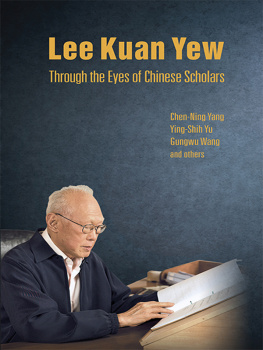
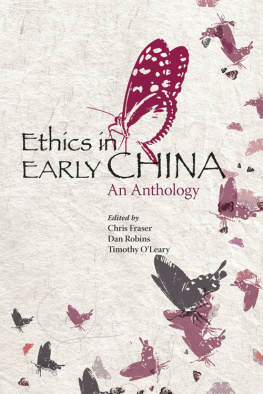
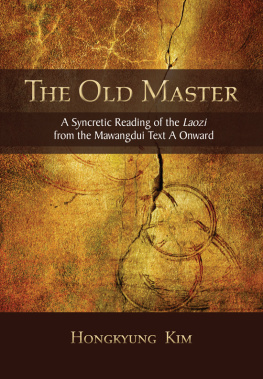
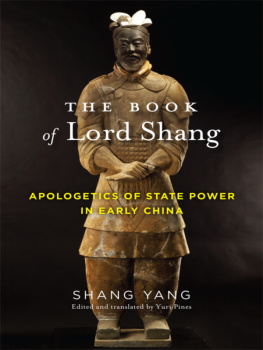
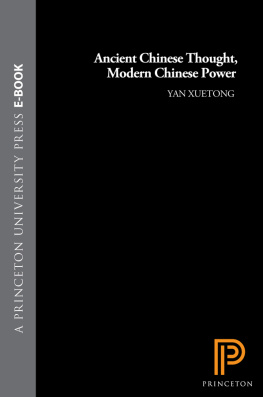
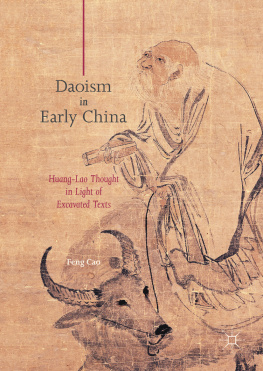
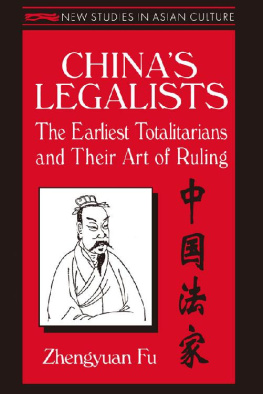
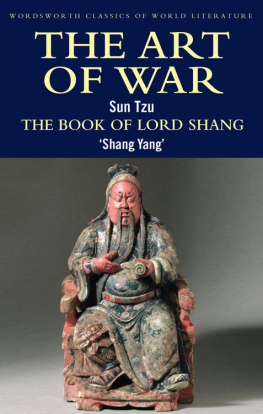
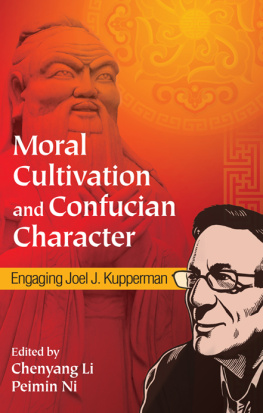

 (Master Shi; c. 330 BCE), a remarkable yet rarely studied early Chinese philosophical text.
(Master Shi; c. 330 BCE), a remarkable yet rarely studied early Chinese philosophical text. ).
). (c. 400 BCE) with Taiping jing
(c. 400 BCE) with Taiping jing 